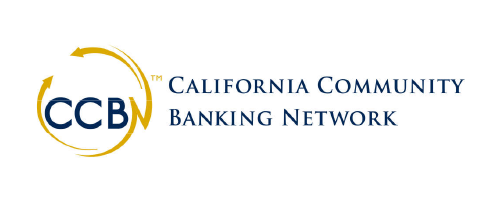How bond markets react to rate cuts
In just a few short weeks, the fixed-income market’s expectations for monetary policy have done a virtual about-face. This is not to say that investors are fickle. Some of this change in sentiment is data driven; some is Trump administration officials’ cajoling; and some is Federal Reserve Board chairman Jay Powell’s comments in Jackson Hole, Wyoming on August 22. Regardless, market indicators have shifted from zero or one rate cuts for the rest of 2025, to as many as four.
September 17 will possibly be a watershed day for Fed-watchers’ expectations. Not only will we see if the Federal Open Market Committee resumes its rate cutting that’s been on hold since last December, we also get an update to its quarterly Summary of Economic Projections (SEP). Since the July labor reports indicated jobs growth was much weaker than initially reported, the chorus for rate cuts have gone from a murmur to a roar.
It's been a minute
The last time the Fed cut rates was way back in March 2020. Veteran bankers will recall that at the outset of the COVID pandemic, our central bank began injecting massive amounts of stimulus into the U.S. economy. These efforts included rate cutting, huge amounts of bond buying, and market support initiatives like the Municipal Lending Facility, which backstopped states, cities and other local borrowers. These efforts were broadly successful, and liquidity in debt markets quickly returned to normal.
“Normal” in this context refers to credit spreads, which are the incremental returns over and above a risk-free rate. All debt instruments will have more yield than a similar maturity Treasury bond as they have some aspects that are less safe, however minor. The widening and narrowing of these yield spreads is an indication of how much relative risk is being priced into the bond market. When rate cutting starts, there usually are two reactions by bond market investors that are predictable, viewable, and significant.
Follow the leader
The first is that fixed-rate investments will track overnight rates with varying degrees of correlation based on maturity. Two-year Treasury bond yields will change about 80% as much as the fed funds rate, while 10-year bond yields will move only about 45% as much. Note that this is over time, and not immediate; in fact, Treasury yields can react to a rate cut much earlier than the actual event. For example, the two-year note has yielded less than fed funds since March 2023; the long-term difference in yield is around plus-40 basis points (0.40%). This is a clear indication that the market anticipates the next move by the fed will be to lower, not raise, rates. What this also implies is that the shape of the curve is expected to steepen.
The second action is for spreads to widen. There are both theoretical and practical explanations for this. The theory part is the mere fact that our central bank is cutting rates is evidence that our economy is cooling off and may be headed for a recession. If that’s true, then investors are right to demand more incremental income from borrowers that may soon be encountering solvency issues. The practice part is that, as rates fall, any bond that can be “called” (i.e., refinanced early) is more likely to be. This increased call risk, which harms investors when they purchase new bonds at lower rates, also causes investors to expect more relative return. Around 80% of bonds sitting in bank portfolios have some type of call feature embedded.
Call it a draw
You may be wondering: Is all this good news or bad? As in most facets of the magical world of fixed income, it’s some of both. Spread widening is bad news for the bonds that a community bank owns, as it causes prices to fall relative to risk-free assets. It’s beneficial if that same bank is looking to buy some bonds at the newly improved (meaning higher) yields.
The same “win some, lose some” can be said for a steeper yield curve. The downside to a steepening yield curve is that the higher prices in the portfolio are concentrated in the shorter bonds, as that’s where most of the yield drop is felt, and bond math causes nominal price improvements to be limited. In fact, it even can happen that short rates fall while longer rates rise, in the phenomenon called a “Bear Steepener.”
The upside of a steeper curve is that prices do rise, and perhaps more importantly, the rest of a bank’s income picture improves; 2025 is a good testimony to this as we finally, after more than two years, have a positive slope. Relative risk for all assets and liabilities can be properly priced, and as we have seen, the cost of financing can be at last brought under control.
So…get ready for some football, and some falling rates. Just in time for fall.
Jim Reber (jreber@icbasecurities.com) is president and CEO of ICBA Securities, ICBA’s institutional, fixed-income broker-dealer for community banks.
